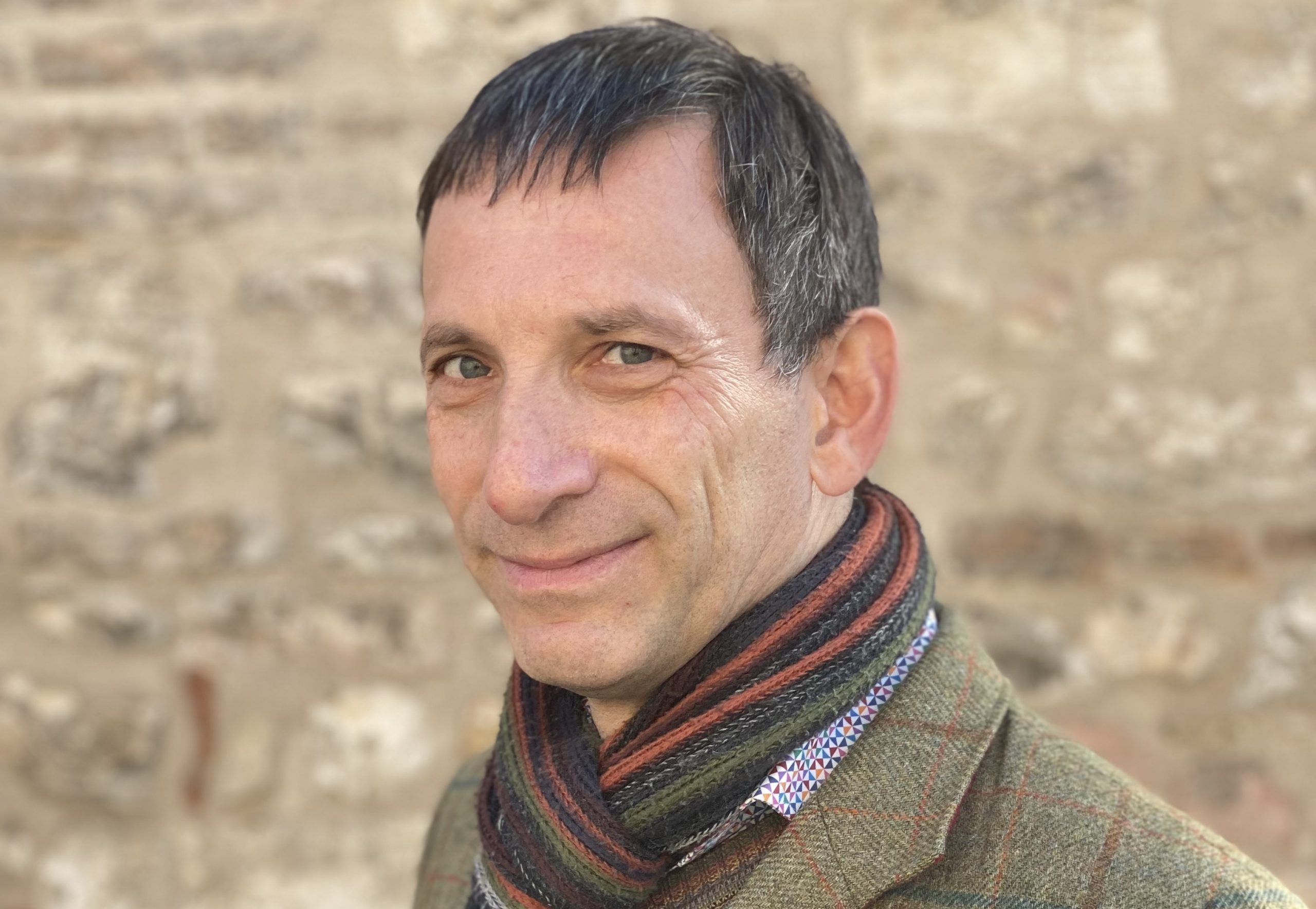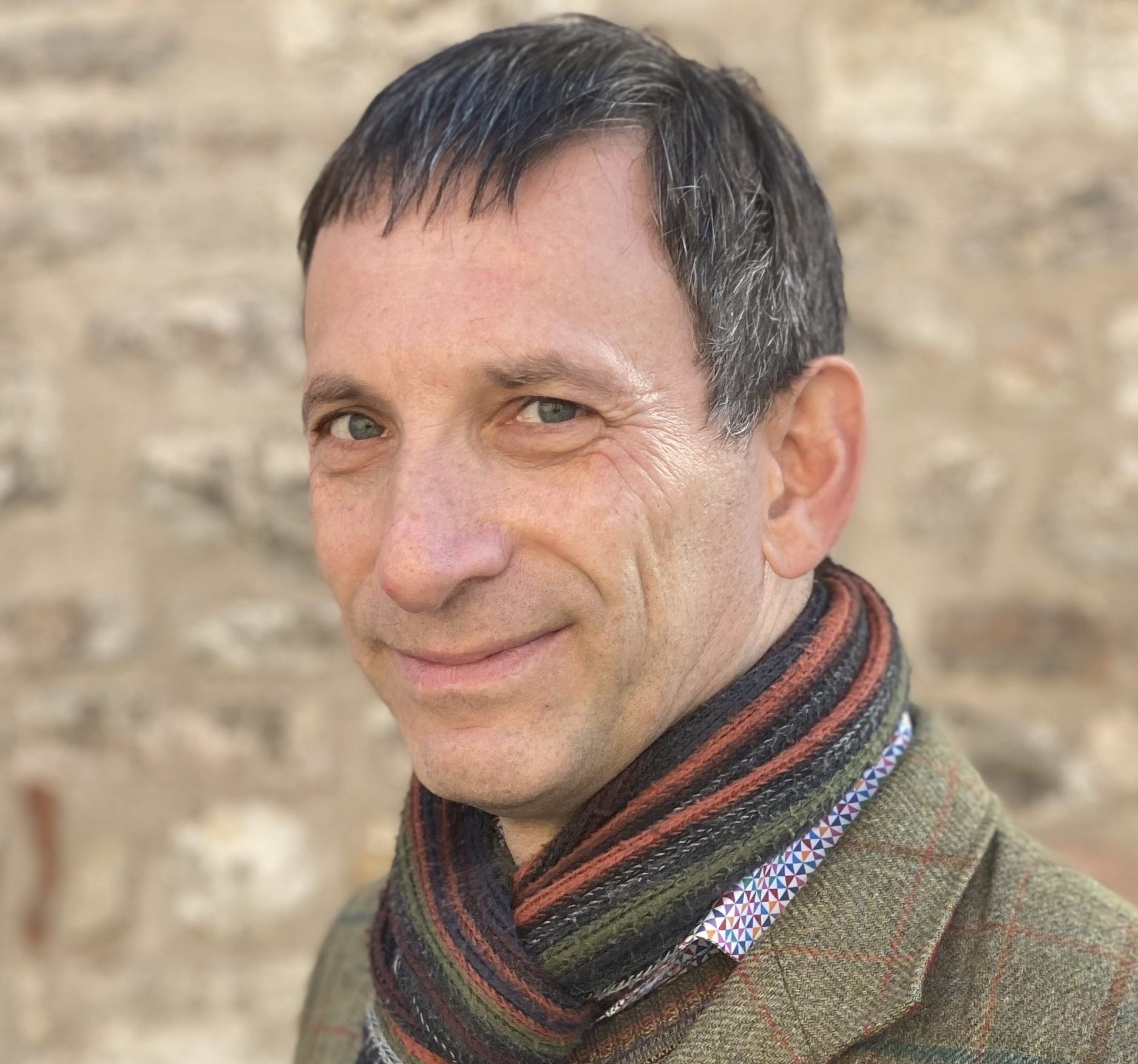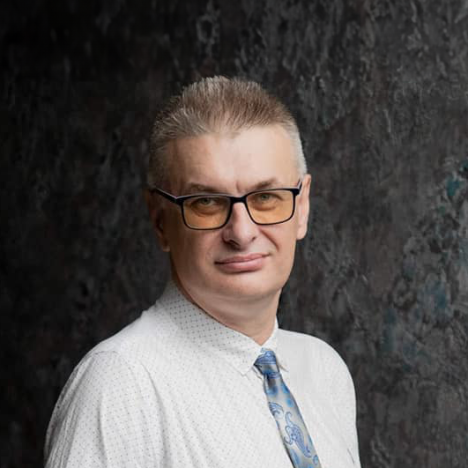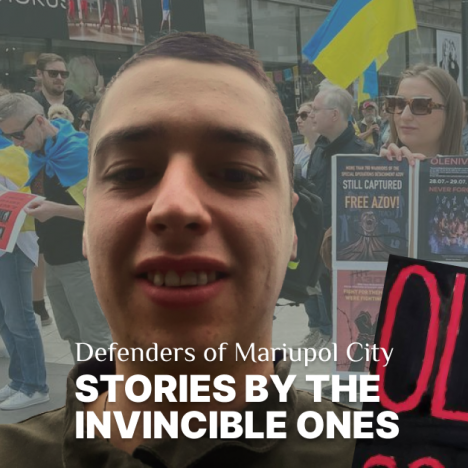An empire is not only about the unification of cultures, it is also about disrupted cultural spaces. All the more so when a cultural space crosses the borders of Soviet republics and when a cultural and civilization space (common until now) crosses borders with different countries; and when citizens who have a historical and cultural connection outside the boundaries of this empire are regarded as disloyal due to the sheer fact of it their origin and who thus should be doomed to hard labor in a construction battalion.
Ukraine has innumerable spaces of this kind with Bukovyna being an illustrative example.

At the time of the Austria-Hungarian Empire the region was a battleground between Romanian and Austro-Hungarian civilization influence. Representatives of other peoples residing in Bukovyna were left to only take the sides between the two warring parties in order to pursue their difficult goal of preserving their identity.
The story of the Kobyliansky’s family is a case in point. The father of the great Ukrainian writer, as is commonly known, lost his job for trying to preserve the German (not Romanian) manner of the educational process. Olha Kobylianska herself made a conscious choice in favor of Ukrainian cultural identity by learning Ukrainian to be able to write in this language.
However, this struggle was taking place in the entire region. It is for this reason that such national communities of Bukovyna as Romanian, Ukrainian, German and Jewish formed a single whole.
After WWII the situation changed if not for ever, then for many years to come. Part of Bukovyna with its center in Chernivtsi (a city built seemingly on the model shaped by the Austrian influence). Another part of Bukovyna with its center in Suceava (a city that belonged to the historical realm of Romanian culture) remained as part of Romania, a country that found itself in the company of the ‘national democracy’ states.
However, in this group of Moscow’s satellite states Romania has been playing a special role since the times of the last communist dictator, Nicolae Ceaușescu. It has found itself both inside and outside the Russian sphere of influence.
Therefore, there was a much more significant dearth of information about Romania in the USSR compared to Poland or Czechoslovakia. An interest in this ‘seemingly friendly’ nation was never stirred up, just as was the case with the Yugoslavia of Josip Broz Tito.
Then again, if you wanted to learn more about Romania all by yourself, what were your chances? On the pages of the illustrated monthly magazine ‘Romania’ that was distributed in the territory of the Soviet Union in Russian, one could see the endless pictures of Nicolae Ceaușescu and his wife Elena. The latter was a member of the Romanian political establishment and also a ‘member of the Academy of science, professor and engineer’ and Romanian co-ruler in all but name. The cultural materials published in the magazine fully corresponded to the epoch of Ceaușescu.
As a result, once-common cultural space (and it is quite easy to spot this commonness by reading Olha Kobylianska’s biography, for example) was disrupted and forgotten.
For the first time I came to realize this continuity of Bukovyna in one of the Polish bookstores when I saw a companion book for the region, for the entire region. It guided the traveler through Romanian and Ukrainian Bukovyna at the same time.
Even while making preparations for this trip (which was back in 2005) I encountered a surprise. I was applying for a Romanian visa at a Ukrainian embassy in Moscow. When I was talking to one of the embassy’s employees, who was an old friend of mine, I found out that he did not know more about Ukrainian Bukovyna than I did about its Romanian counterpart. For him Bukovyna was in Suceava, and not in Chernivtsi.
As soon as I was in Romania, a string of surprises came one after another. My guide, who was a clever bloke, seemed to be accompanying a group of Ukrainian citizens for the very first time. He decided to take us to a church service in a Ukrainian village located on the border. All of a sudden I realized that the inhabitants of that village, who lived a stone’s throw from Ukraine, had been living for decades uncoupled from the country whose language they speak and pray in.
I did a video piece for the Russian service of Radio Free Europe. I filmed a conversation with one of the representatives of the Lipovan community, or simply put, a community of Russian Old Believers who first had escaped the Tsar regime and then the Soviets.
The historical center of the Old Believers is situated in the village of Bila Krynytsia (the Ukrainian for ‘The white well’ – editor’s note) on the Romanian border. That is why this community is called the Old Believers of the Bila Krynytsia order. However, for my interlocutor Bila Krynytsia was a place located on a distant planet.
Whichever topic we were discussing, I had this feeling that he took me for someone who did not come by car from Chernivtsi but for someone who landed there on a spaceship.
It is an open secret that there has been no real civilization, cultural or political rapprochement between Romania and Ukraine. The neighboring countries continue to keep distance from one another. The border keeps running through the whole body of Bukovyna.
When people ask me why Ukraine has to go back to not only Europe, but to Central Europe, my answer is – here is why.
For the sake of continuity.
Vitaly Portnikov, exclusively for InfoPost.Media
This text is the author’s column, which means it represents, first of all, the views of the author of the material, which may not coincide with the views of the InfoPost. We publish author’s columns, first and foremost, for the sake of discussion of important topics, since we believe in the power of public dialogue. Should you want to write an author’s column for us, email us at editor.infopost@gmail.com





